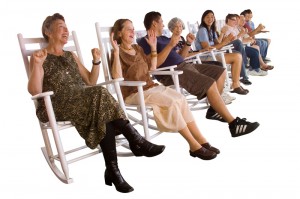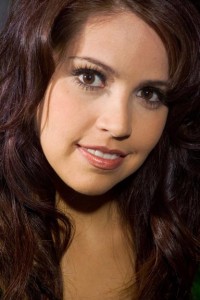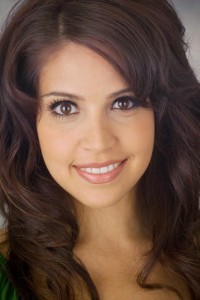 First I wanted to start with a picture from a recent shoot. This image is part of a fund raising. I used nine lights and about 3500 watt-seconds to make the image. The alpha channel was made at Deepetch. Since I’m writing this time about a subject I’ve discussed before I wanted to add a new picture, here, at the top of the blog.
First I wanted to start with a picture from a recent shoot. This image is part of a fund raising. I used nine lights and about 3500 watt-seconds to make the image. The alpha channel was made at Deepetch. Since I’m writing this time about a subject I’ve discussed before I wanted to add a new picture, here, at the top of the blog.
I wanted to talk about talking about lighting. I really hope that at least a few of you will want to talk back about this. Here’s the basic problem: we need to use language that is actually descriptive of the photographs we make. By way of example, Adams often wrote about the “luminous quality of the light.” While this sounds great, I’ve never felt that it was really very definite. Would glow have been better?
The example that is the most trouble to me, as I teach lighting, is using ratios to describe lighting set-ups. When people first stated discussing lighting in terms of ratios they used hard lights, that is just the light in a reflector, no soft box, no umbrella, no light panel. If you think about the design of the lights as a clock face then the subject was in the center of the clock face, the camera and the fill light are at noon and the main light is at 3 or 9 o’clock. If you do this, then the right and left side of the face will have very different light values, and the transition will run down the center of the face. The difference between the brightness of light on the two sides of the face will be in direct proportion to the strength of your lights. If you make a light brighter, whether, by moving the light closer or raising the power there will be a direct result in the corresponding part of the portrait. I should measure the light falling on the subject; the ratio I am really interested in is the light reflected by the subject. However if I measure the light falling on subject, an incident reading, I get the same results. I am attaching an image made with hard lights. You can see how different the two sides of the face are.
All this is fine. The way the lighting is described, and the results of the light, are actually closely related. The problem comes in as soon as you start using large, or even medium sized, light sources. Now there is no relationship between the ratio and the way the subject looks. You’ll note that I said, NO relationship, not some kind of qualified relationship. First the two sides of the face are not lit differently, but the difference between the two sides is a softer gradation, perhaps there is no difference. So the light on the two sides of the face can not be described as a ratio. You could say that the power of the lights can be described by a ratio, and you can measure that. The problem is that this ratio, based on incident measurement of the light, has no direct relationship to the way the image looks. What describes soft light? The size and position of the light are descriptive. Please understand that I like soft light better than hard light, but I want to describe light accurately. Do the ratios tell you anything? Here is a soft light shot with the same 3:1 ratio as the hard light shot, but you can’t find that ratio in the face.
So, here’s my problem, how can I get people to stop talking about ratios, with soft lights? These ratios don’t describe anything useful about how the shot was made. You could use the same ratio, and get an entirely different look. How can I get people to talk about the size of the light source, the position of the light source, and what the light does to the subject, this information is actually useful. If you want more on this subject you might check out this article: Hard Decisions and Soft Light (www.siskinphoto.com/magazine/zpdf/hard-softlight.pdf) and I have an article coming out in a special issue of Shutterbug that will also relate to lighting.
You can see most of my articles at this link
Please check out my classes:
An Introduction to Photographic Lighting
Portrait Lighting on Location and in the Studio
Business to Business: Commercial Photography
Thanks, John


I don’t normally comment on blogs.. But nice post! I just bookmarked your site
Comment by Brooklyn — June 27, 2011 @ 5:00 am